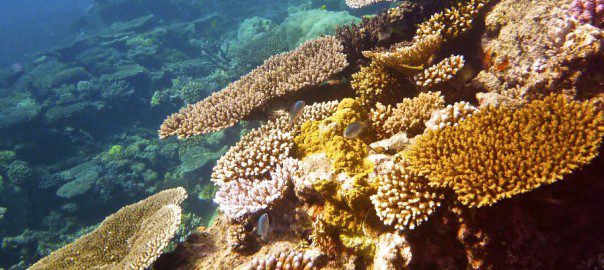The Great Barrier is the world’s largest coral reef system, made up of over 2,900 individual reefs and spans across the north-east side of Australia. This vast reef, estimated to have been living for up to 20 million years, is larger than the UK, Switzerland, and the Netherlands combined and is about half the size of Texas. And of course, most notably, it’s one of the seven natural wonders of the world. I’d never had the privilege of scuba diving in the ocean or exploring a reef before, so when I had the chance for my first diving experience to be in the Great Barrier Reef in Australia, you can imagine how thrilled I was.
Tip: Use WalletFlo for all your credit card needs. It’s free and will help you optimize your rewards and savings!
The best time of year to dive
We dove in the middle of Australia’s winter in July, which I think is a perfect time to dive. For one, the weather is great and while the water can be just a tad chilly (low 70sºF/20sºC at its coldest), wearing a wetsuit gives you the perfect body temperature. Another reason to go in the winter is to avoid the deadly box jellyfish that comes out in the summer (not to mention the horrendous tropical heat and humidity).
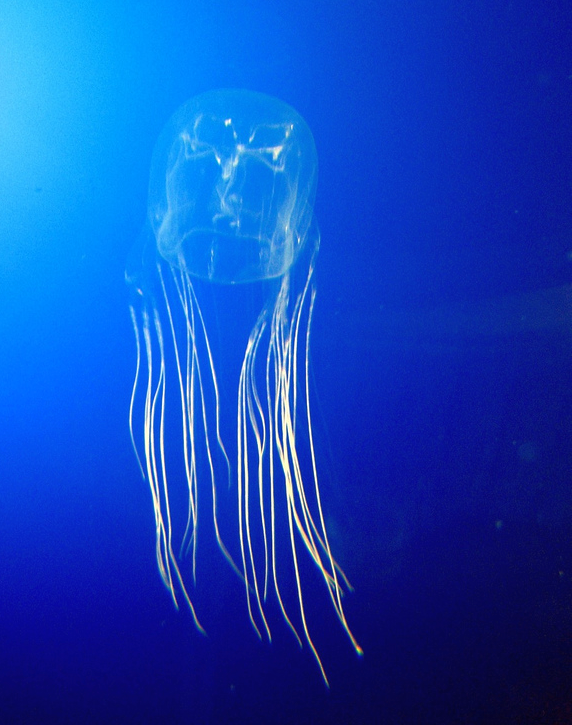
The best scuba diving tour in Cairns… to us, at least
We booked our dives with Tusa Diving and I had a great experience with them. We were told by multiple people that they were the best scuba diving tour in Cairns because they don’t herd as many people on their boats as other companies do and had great customer service. And they didn’t disappoint. Although they herded us pretty efficiently on and off the boat, they had a great staff who were knowledgable and a lot of fun. They also ran a very organized check-in/out system so if you’re worried about getting left behind by your diving boat (like the poor souls in Open Water), you likely don’t have anything to worry about with Tusa.
We left the docks early in the morning and loaded onto the boat that would take use out to the reefs. None of us were scuba certified so we were doing an intro dive that required us to be alongside at least one instructor at all times. On the way in, we were instructed on how to use all of our equipment and how to safely go about our dives. I’d recently done a shark tank dive in Manly, Australia so I’d gotten some good experience in dealing with diving apparatuses under some relatively stressful conditions (not to mention cold water), so I felt pretty confident. On the boat ride in, we stopped a couple of times and were able to catch some humpback whales breaching, which was an added bonus that I think got everyone a little bit more excited for the upcoming dives. We’d actually gone whale watching a few weeks before in Sydney but the sights we came across on our way out to the reef were just as good if not better than what we saw on our tour in Sydney.
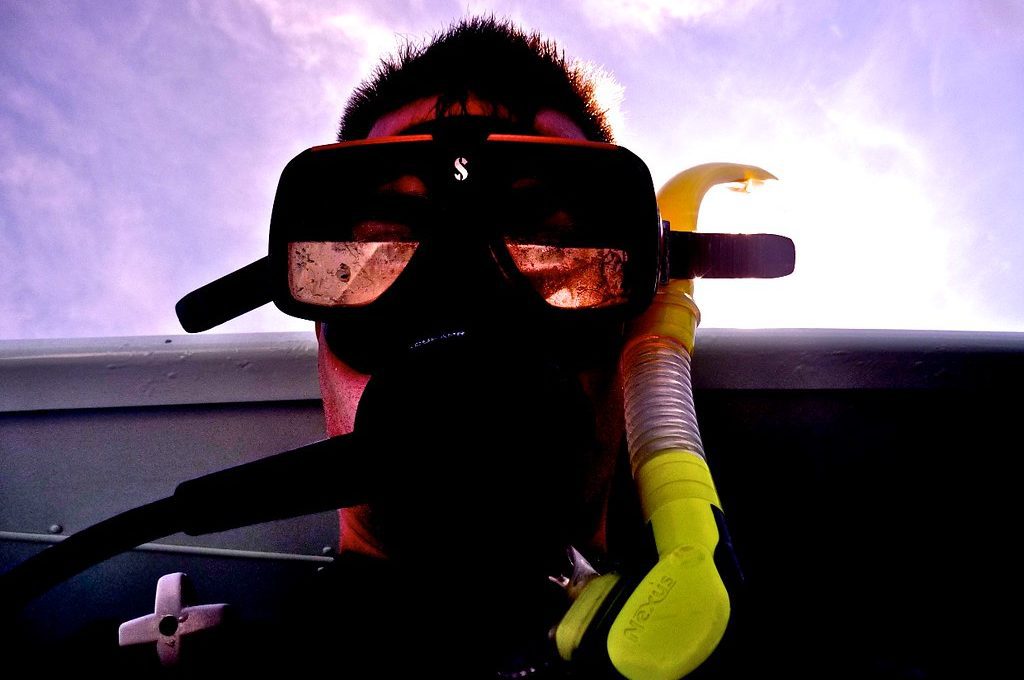
Once we arrived at the reefs, the water changed from a deep blue to a light, sparkling turquoise. As we approached the deck to unload, I looked down and saw a large stingray gliding over the ocean floor, about 30 feet below us. And that’s when it hit me that I was actually about to be swimming in the Great Barrier Reef! I was pretty pumped at that point, especially because I had a camera and if you’ve seen any of my other articles on this website, you know how much I love to take photos.
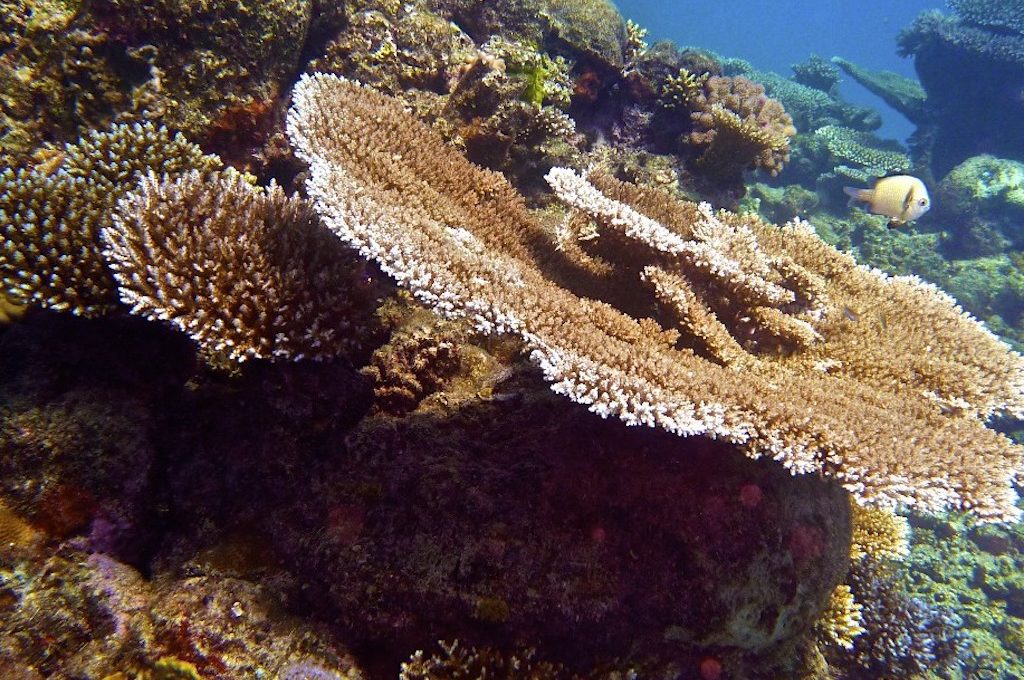
Renting a water-proof camera
We rented a Canon point and shoot in a waterproof housing from Tusa diving so that we could have our own personal shots. We also paid extra for a Tusa Diving photographer to accompany us along the way so that we’d have no shortage of memories from our trip. It was a perfect combination. The top-notch equipment of the photographer provided us with professional quality photos of us and some of the marine animals, while the point-and-shoot allowed us to capture some shots of our own.
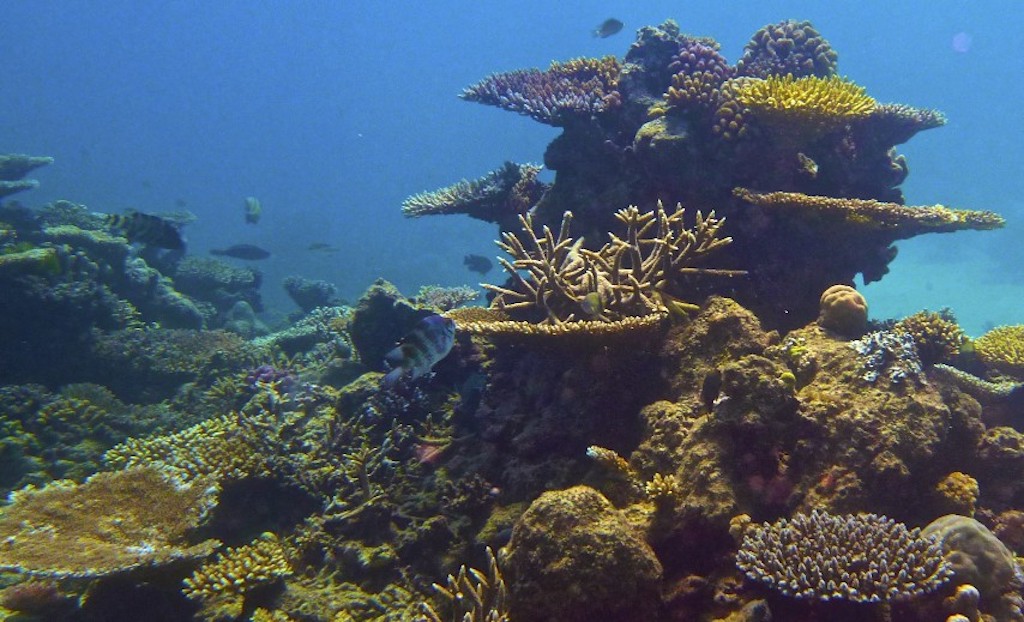
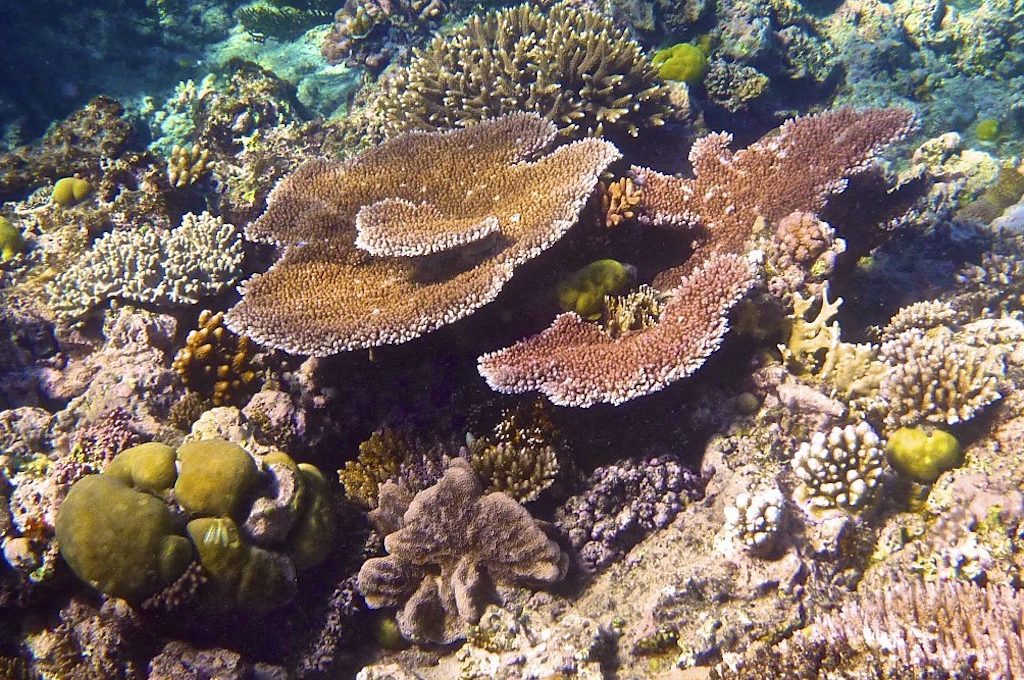
After a couple of minutes of performing checks on our ability to clear our goggles, find our breathing apparatuses, and properly signal to our instructors we were all set for the adventure to begin. We descended via an anchored rope, just a few feet at a time to acclimate ourselves to the pressure. This was something I was pretty nervous about. As I looked down, beneath my dangling flippers, about 30 feet to the bottom, I’d recalled all the times I had attempted to free dive in the ocean or elsewhere only to stop a few feet down due to the pressure making my head feel like it would explode. I couldn’t imagine getting all the way to the Great Barrier Reef and then NOT being able to explore it because I simply couldn’t force myself to dive deeper.
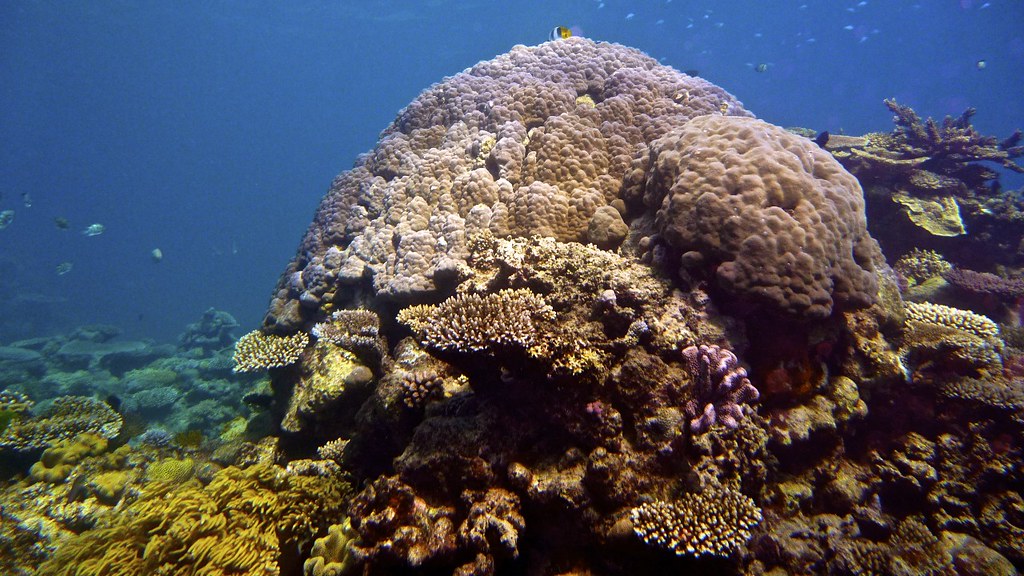
Luckily, I found that this gradual process of descending wasn’t a challenge at all. It just required blowing out of my nose every 6 feet or so and I instantly regained the right balance of pressure. With that huge worry out my mind, I didn’t see anything else holding me back and I was now officially ready to explore the reef!
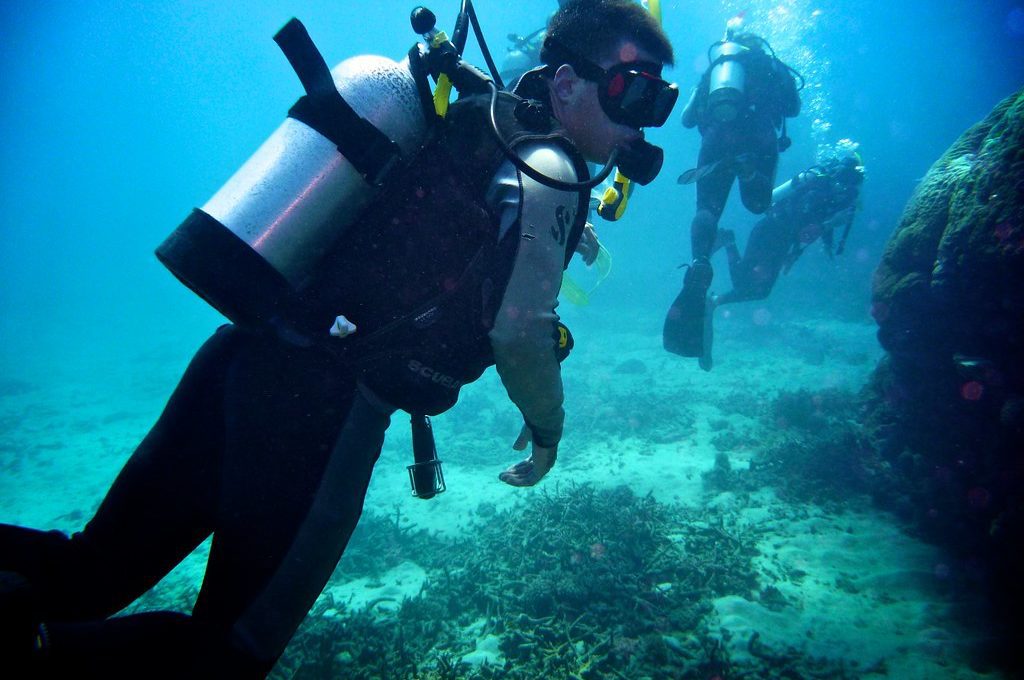
One thing you have to get used to is lying laterally and smoothly utilizing your flippers. If you’re not lying parallel to the bottom of the sea floor, any kicking motion will send you straight up toward the surface of the water and you don’t want that. Once you relax and get a smooth “kicking motion” down, it’s pretty much an effortless glide through the water from that point. If you can’t get the motions down immediately, don’t panic. I saw several people who took a while to get the hang of it and after some help from some very patient instructors they joined in on the fun a little later.
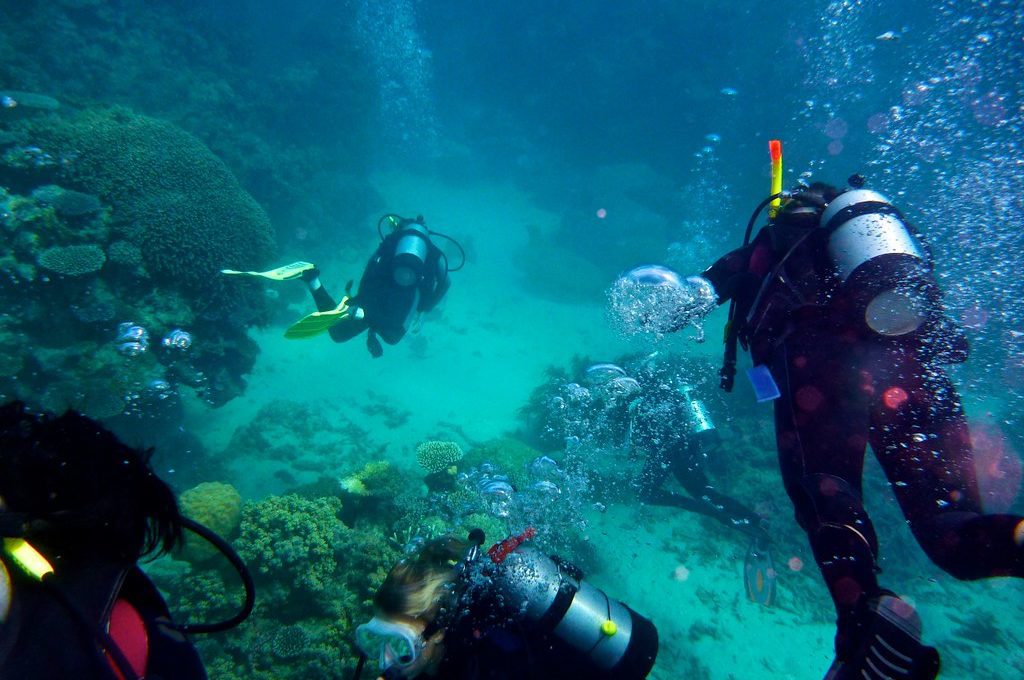
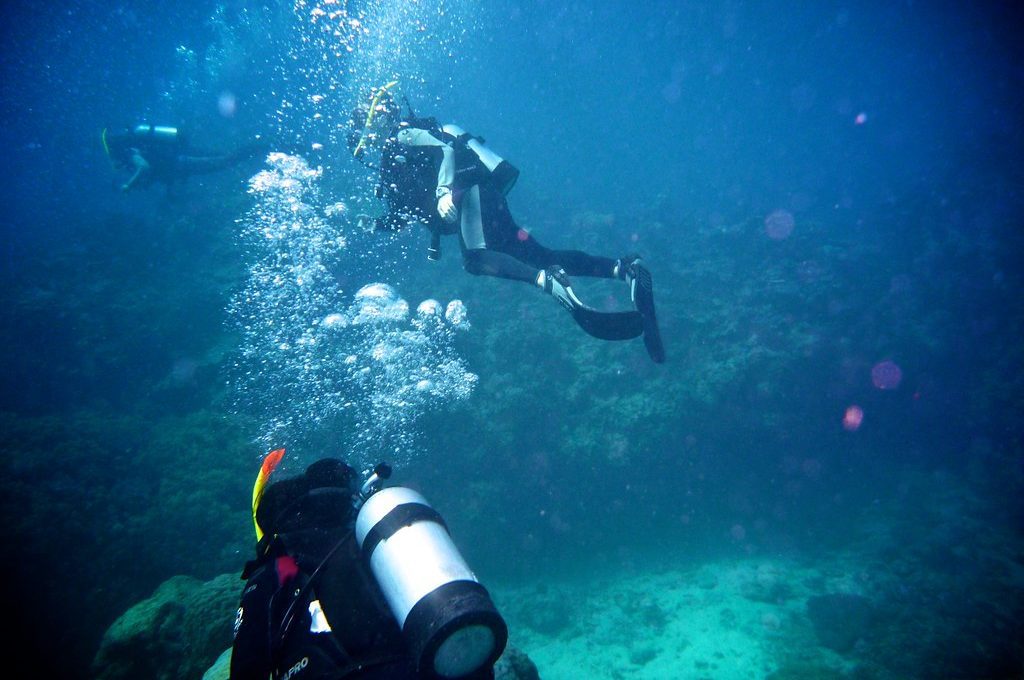
On an introductory dive, the dive instructor leads the way on the tours and you and your group of about five people follow along, stopping to take photos and check out some amazing sights. The water wasn’t quite as clear as I thought it might be, something that some people have told me has gotten worse over the decades. But it was still some of the clearest waters I’ve ever swam in and offered me the chance to see all that the Great Barrier Reef had to offer.
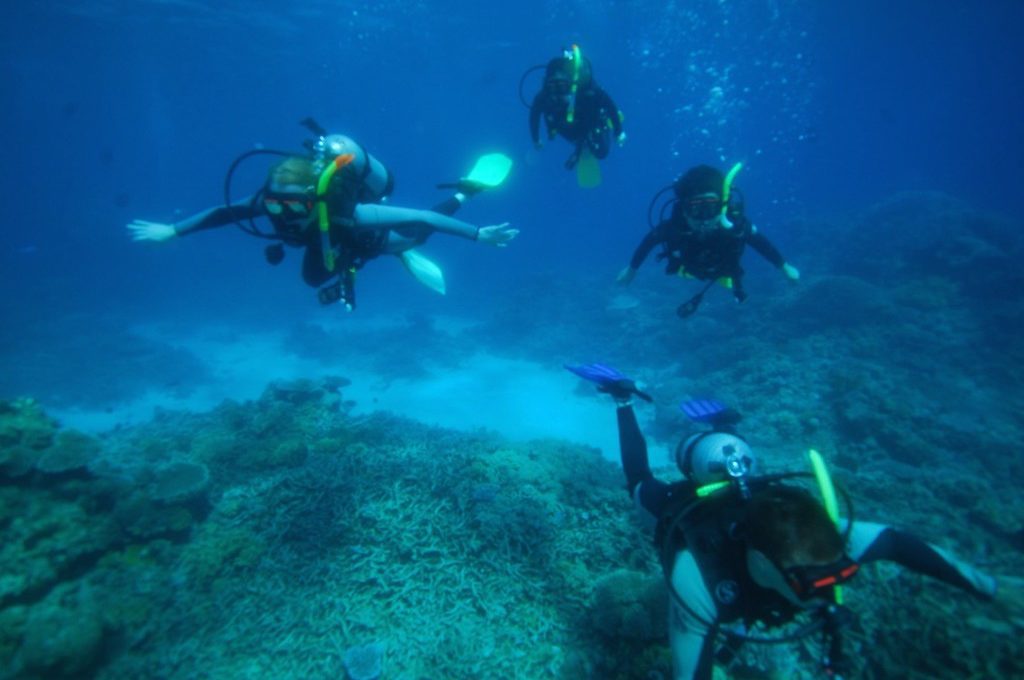
Discovering the Reef
It’s a beautiful sight to see nothing but wafery discs of coral spread out in multi-tiered colonies around the sea floor with little brightly colored fish poking in and out of the shadowy crevices. The coral takes on a vast array of shapes from mounds and spires, to intricately folded sheets and blobs. Purples, yellows, oranges, and lime greens paint these oddly shaped reefs and create a colorful world that’s ever-changing.
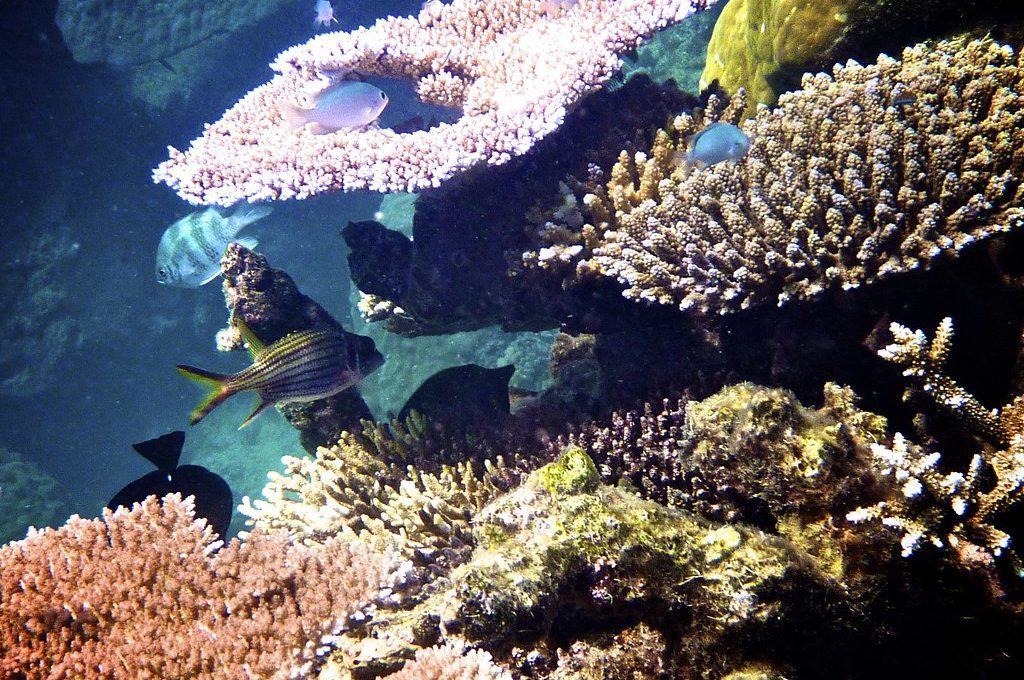
As you hover close to the coral, occasionally something odd appears right under you like a giant clam. The instructor performed some kind of hand gesture, almost like she was casting some kind of voo-doo spell on the clam, and within an instant, the giant clam shut its hinges as if to remind us that inside those large valves something was alive.
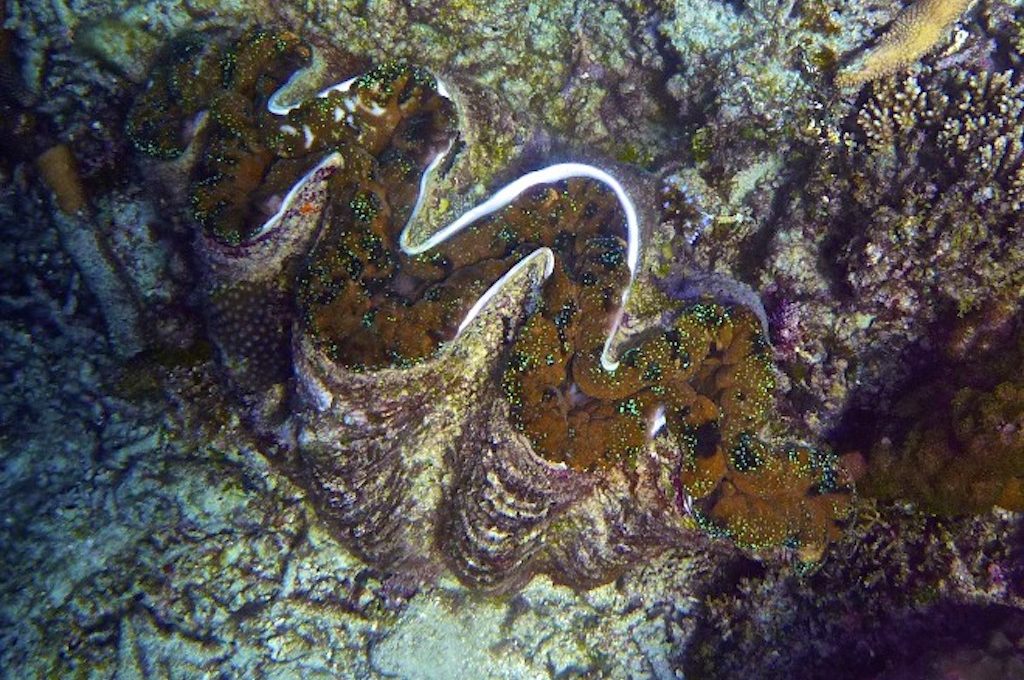
We came across several other fascinating little creatures like sea horses and a sea cucumbers, which we were able to hold for a bit (under direction of the instructor, of course).
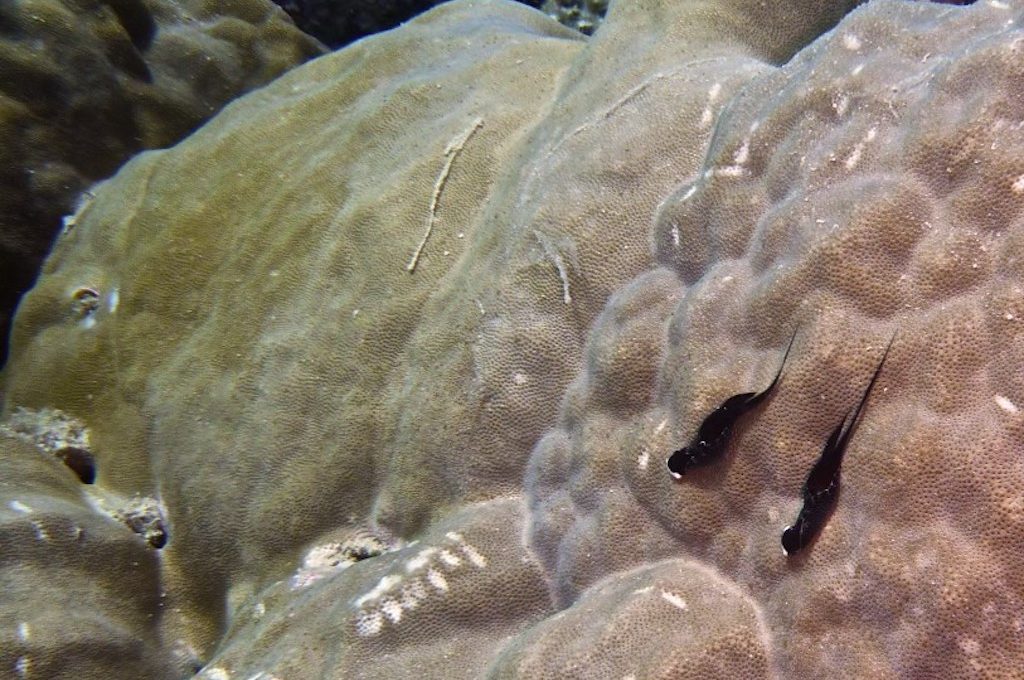
I was having a field day with the camera we rented. In fact, my friend and I took over 300 photos while we were there (we came close to beating Tusa’s official record for number of shots). And it’s not easy to take good photos when diving. For one, you have the limited light down at the bottom of the ocean floor pretty much forcing you to use flash, which can lead to some unsightly sunspots in your exposures (I edited out some of these spots but you can still see them in several of my photos).
The other difficulty is trying to get the focus and proper angles while you are moving underwater. It’s not easy, especially when you don’t have a viewfinder to look through, so my suggestion is to just fire away! Also, in between dives we did a little bit of snorkeling and I found it much more difficult to snag photos while dealing with the currents at the water’s surface. Plus, it was much harder to get close-ups of many of the corals, so I definitely recommend renting a camera and going with the scuba diving option.
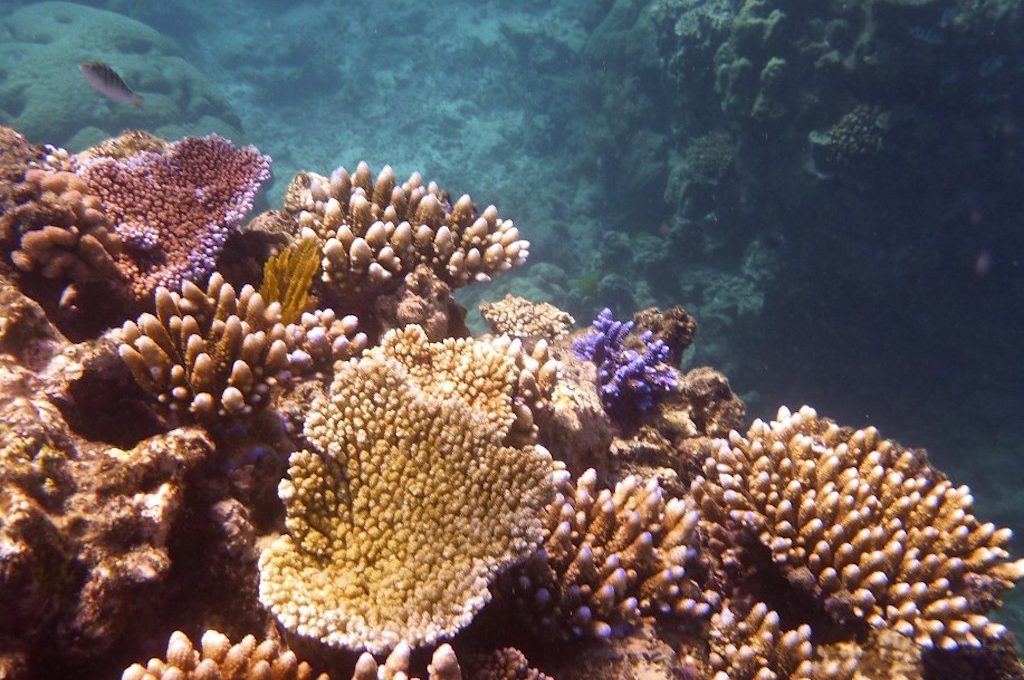
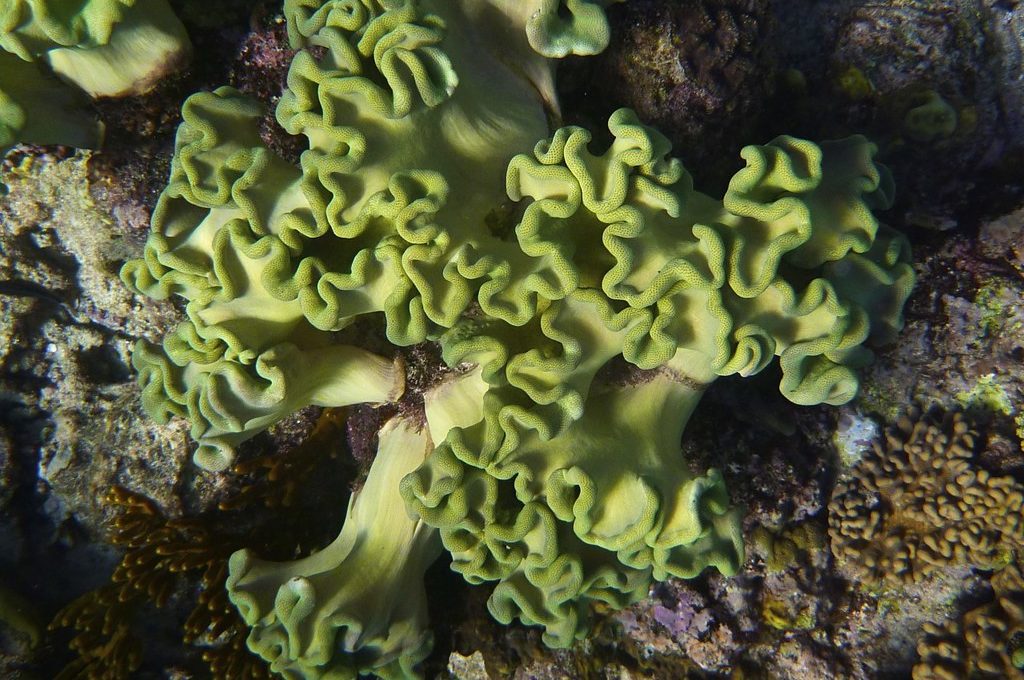
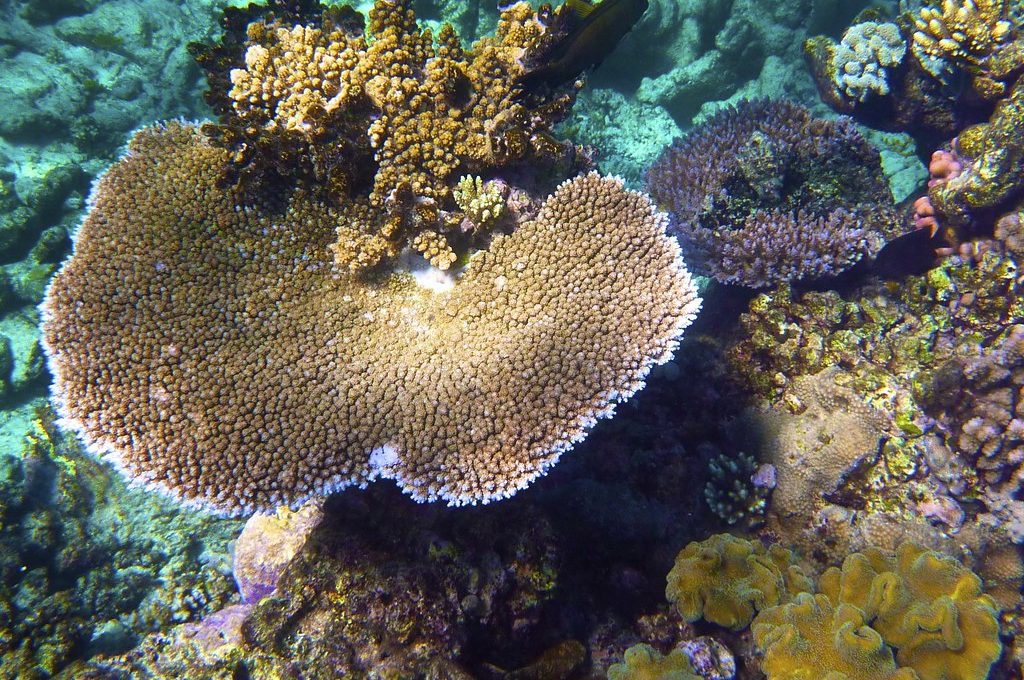
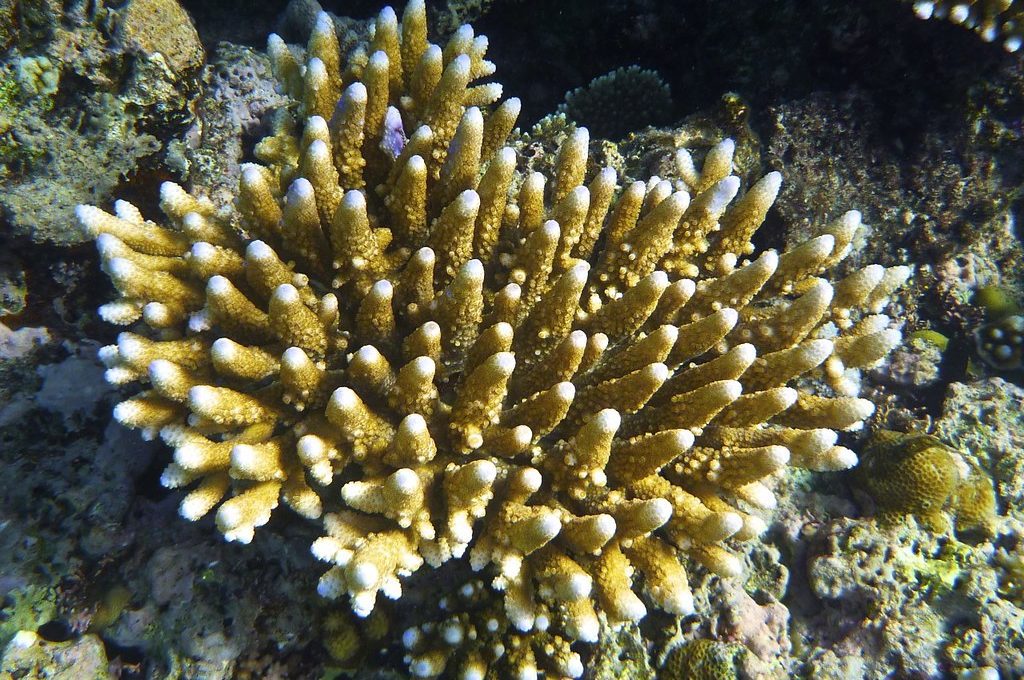
Finding Nemo?
We soon approached a sea anemone where there happened to be a few clown fish hanging out. These little “Finding Nemo” fish were a lot smaller than I thought they would be and it was very interesting how they just squirmed through the swaying tentacles of the sea anemone that would sting most other fish. They seemed to be pretty curious about us though and came out of their little habitat to get a closer look at us.
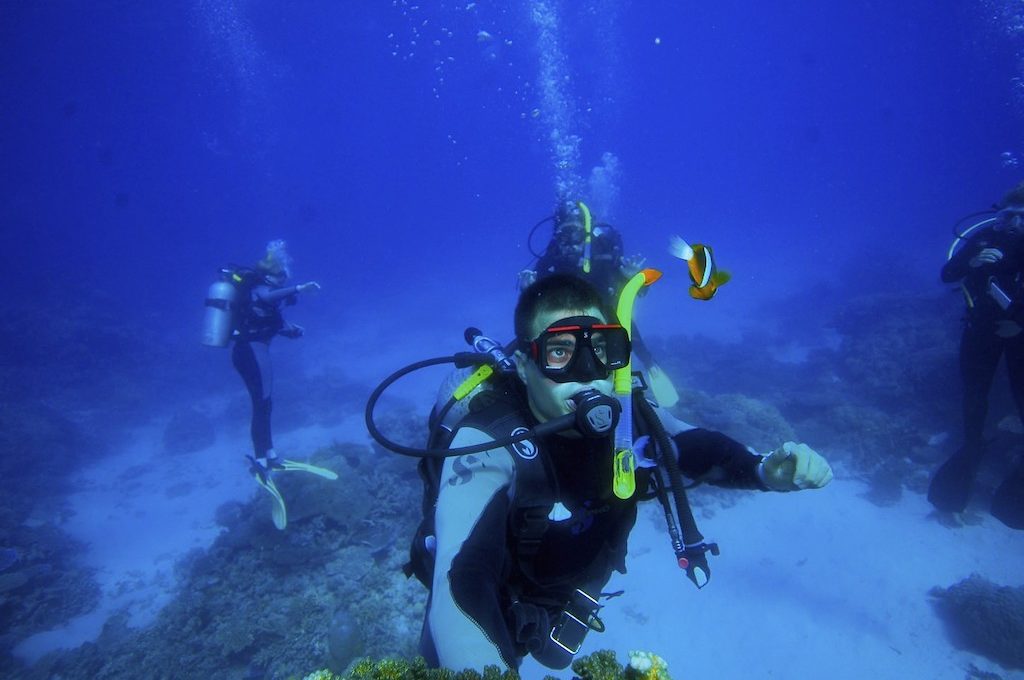
Some groups of divers got a little more lucky than others — I heard other people saw sea turtles, reef sharks, and even an octopus crawling along the rocks. While we didn’t see any of that, I still was just thrilled to be in the water and see the reef. I just couldn’t get over the designs and patterns of the colorful coral — I’d never seen anything quite like it before. With all of the amazing camouflage techniques marine animals use, there’s no telling what else we missed while scuba diving.
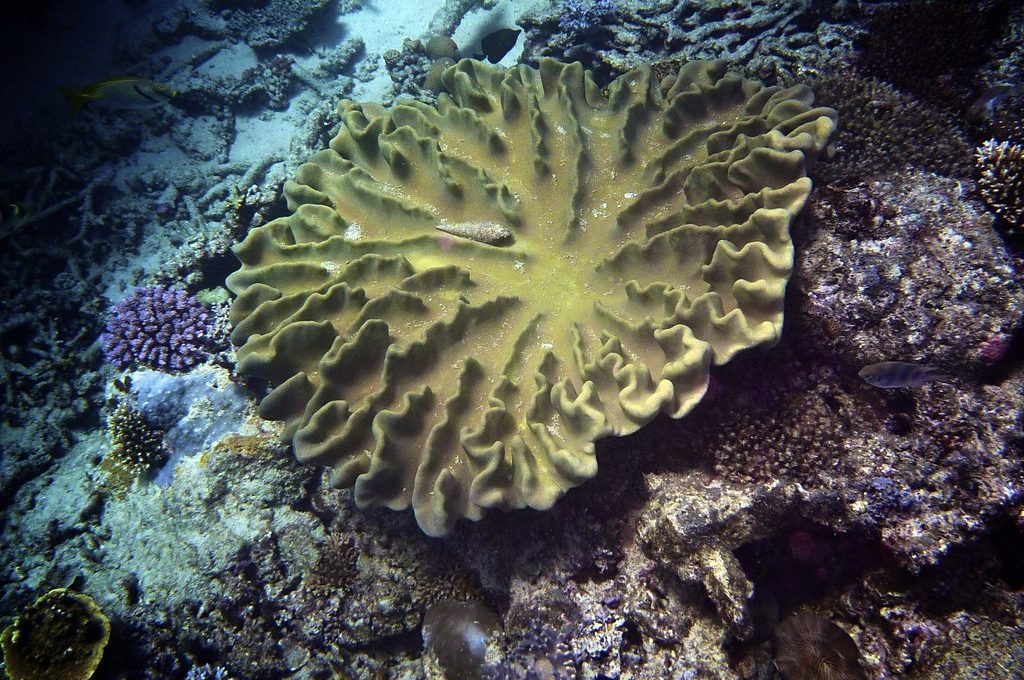
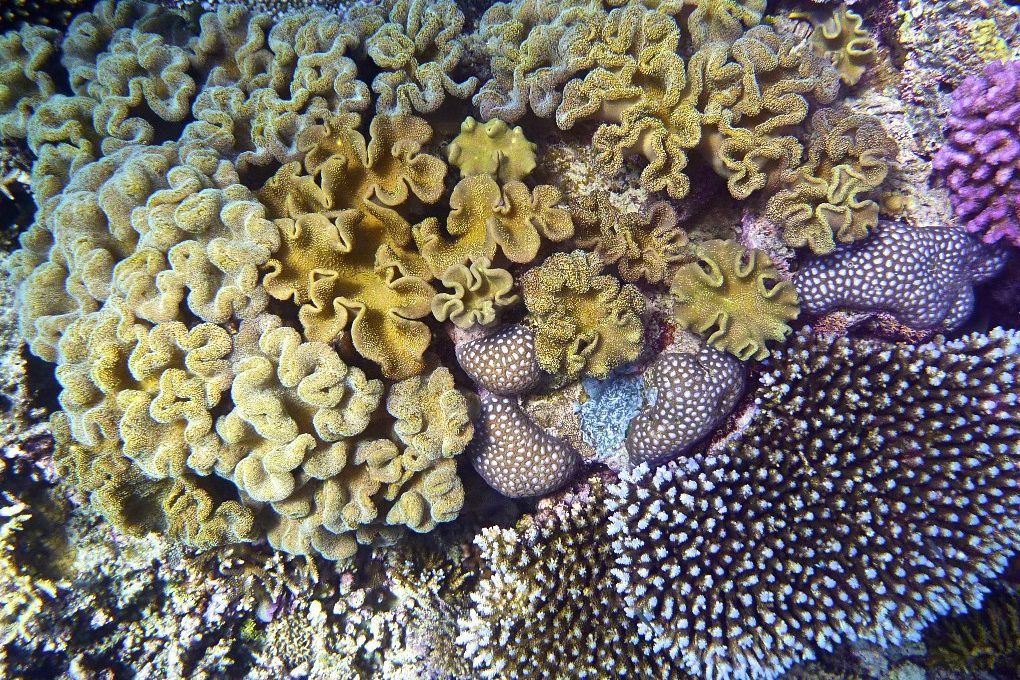
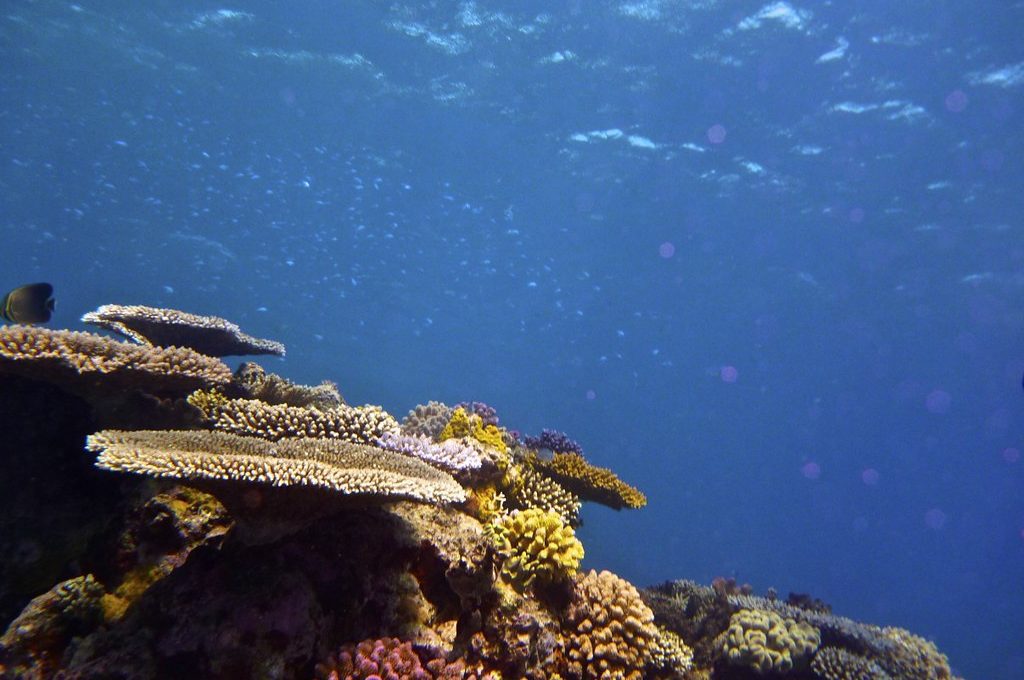
The one thing they don’t tell you about scuba diving that you’re going to hate is how fast time flies underwater. We did three dives in total, each 30 minutes, but to me it felt more like 10 minutes. It’s almost therapeutic being down there. It’s quiet, it’s mesmerizing, and it feels like you’re exploring some alien-like world in outer-space.
A threatened future
Unfortunately, the Great Barrier Reef that we love today is not the same one that existed a few decades ago. I was talking with a British ex-pat who’d been living in Australia for about thirty years or so before I went diving. She told me that right when she got to Australia she went on a dive in the Great Barrier Reef and then just recently went back for the first time in nearly three decades. She told me that she almost wept when she saw what the reef looked like now! The Great Barrier Reef has lost about half its coral in the past three decades, so I tend to believe her that the reef just isn’t what it used to be.
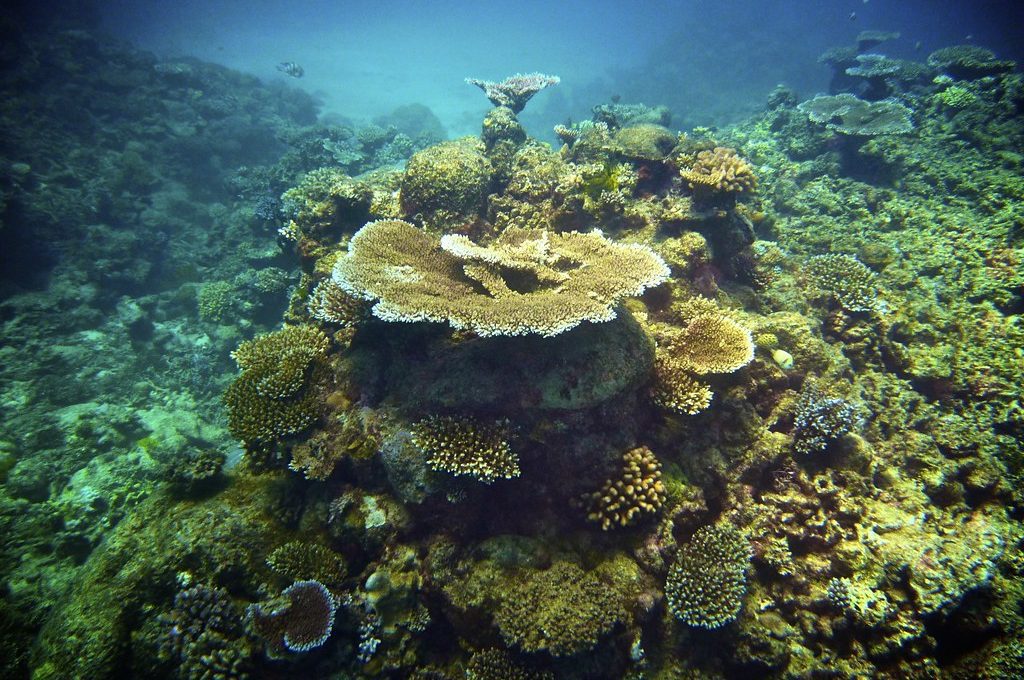
The Great Barrier Reef is a marvelous site. Hopefully conservation efforts will prove effective in the decades going forward because I feel like every generation should get a chance to see this natural wonder and be in awe of its beauty.
Daniel Gillaspia is the Founder of UponArriving.com and the credit card app, WalletFlo. He is a former attorney turned travel expert covering destinations along with TSA, airline, and hotel policies. Since 2014, his content has been featured in publications such as National Geographic, Smithsonian Magazine, and CNBC. Read my bio.

